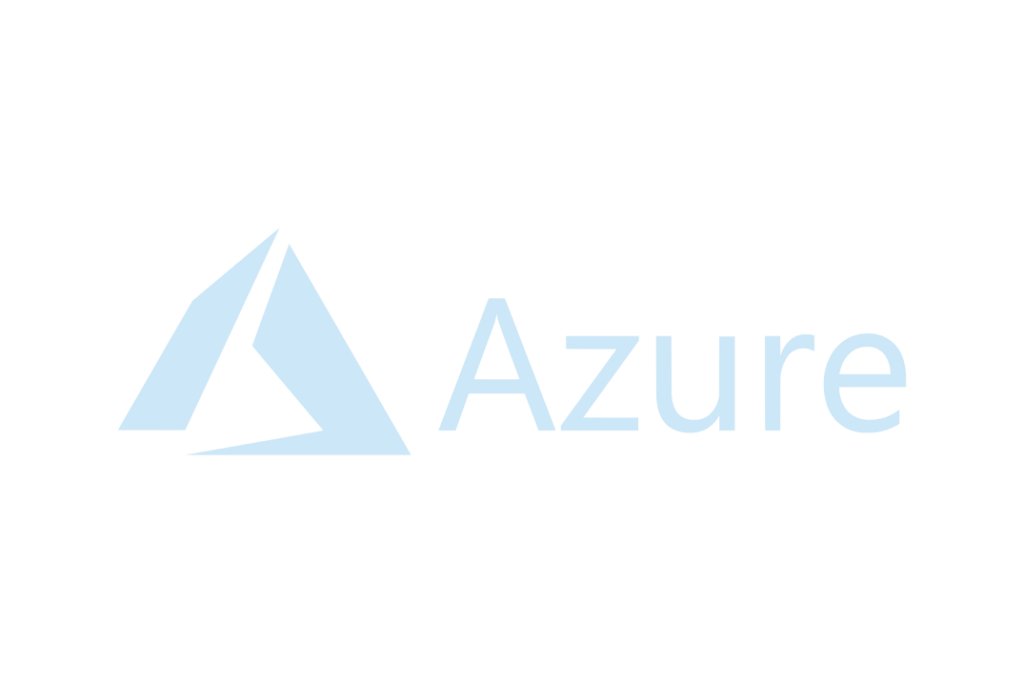Microsoft Azure Administrator
This course teaches IT professionals how to manage their Azure subscriptions, secure identities, administer infrastructure, configure virtual networks, connect Azure and on-premises sites, manage network traffic, implement storage solutions, build and scale machines virtual, deploy web applications and containers, back up and share data, and monitor the solution.
COD: AZ-104T00
CATEGORY: Microsoft

Teaching methodology
The course includes educational laboratories in which each student will be able to work in order to complete training exercises that will provide practical experience in using the instrument, for each of the topics covered during the course.
Who should participate
This course is for Azure administrators. The Azure administrator implements, manages, and monitors identity, governance, storage, compute, and virtual networks in a cloud environment. The Azure administrator provisions, scales, monitors, and adjusts resources as appropriate.
Prerequisites
Successful Azure administrators enter this role with experience in virtualization, networking, identity, and storage.
- Understanding of on-premises virtualization technologies including: virtual machines, virtual networks, and virtual hard drives.
- Understanding of network configurations, including TCP/IP, Domain Name System (DNS), virtual private networks (VPN), firewalls and encryption technologies.
- Understanding of Active Directory concepts, including users, groups, and role-based access control.
- Understanding of resiliency and disaster recovery, including backup and recovery operations.
Outgoing knowledge/skills
By the end of the course, you should be able to achieve the following objectives:
- Describe the software-defined data center (SDDC)
- Explain vSphere components and their function in the infrastructure.
- Describe the benefits and features of VMware Skyline.
- Install and configure VMware ESXi™ hosts.
- Deploy and configure VMware vCenter® Server Appliance™.
- Use VMware vSphere® Client™ to manage vCenter Server inventory and vCenter Server configuration.
- Manage, monitor, backup and secure the vCenter Server appliance.
- Create virtual networks with standard vSphere switches
- Describe the storage technologies supported by vSphere.
- Configure virtual storage using iSCSI and NFS storage
- Create and manage VMware vSphere® VMFS datastores.
- Use the vSphere client to create virtual machines, templates, clones and snapshots.
- Create a content library and deploy virtual machines from library templates.
- Manage VM resource usage and manage resource pools
- Migrate virtual machines with VMware vSphere® vMotion® and VMware vSphere® Storage vMotion®.
- Create and manage a vSphere cluster enabled with VMware vSphere® High Availability and VMware vSphere® Distributed Resource Scheduler™.
- Create virtual networks with VMware vSphere® Distributed Switch™ and enable distributed switch capabilities.
- Discuss vSphere lifecycle management solutions
- Use VMware vSphere® Lifecycle Manager™ to perform upgrades of ESXi hosts and virtual machines.
- Use host profiles to manage ESXi configuration compliance.
- Describe how vSphere Storage APIs help storage systems integrate with vSphere.
- Configure and use virtual machine storage policies
Educational program
- Identity
- Governance and Compliance
- Azure Administration
- Virtual Networking
- Intersite Connectivity
- Network Traffic Management
- Azure Storage
- Azure Virtual Machines
- Serverless Computing
- Data Protection
- Monitoring
Duration – 4 days
Delivery – in Classroom, On Site, Remote
PC and SW requirements:
- Internet connection
- Web browser, Google Chrome
- Zoom
Language
Trainer: Italian
Labs: English
Slides: English











